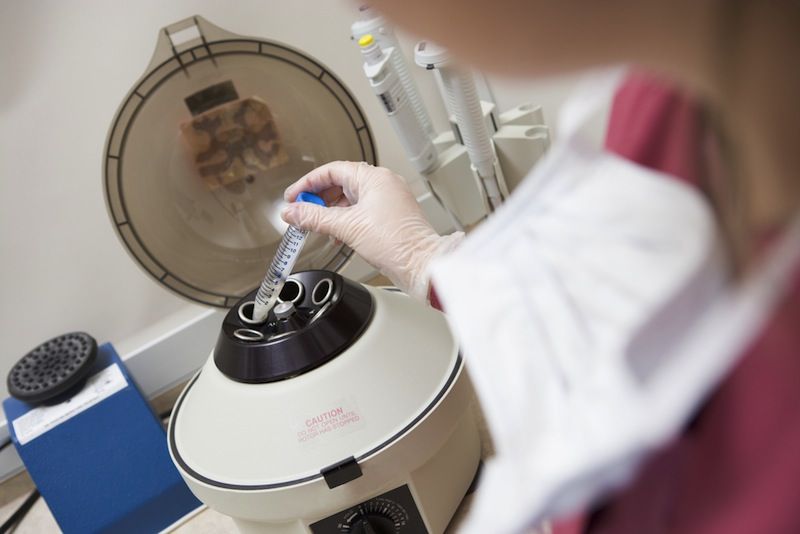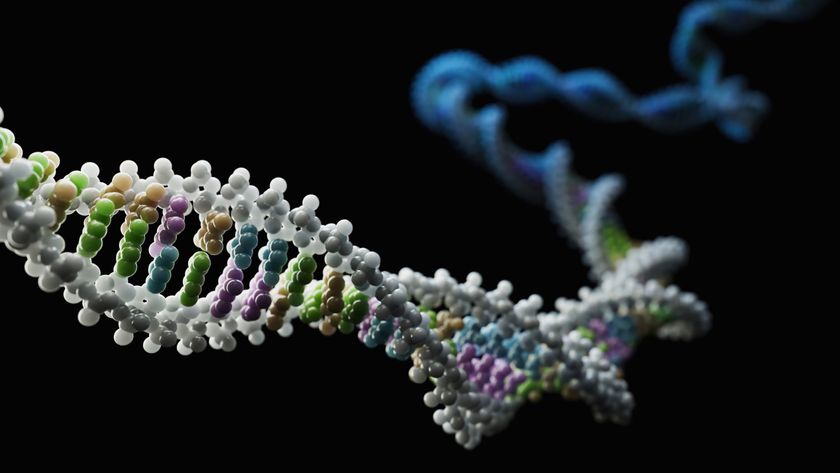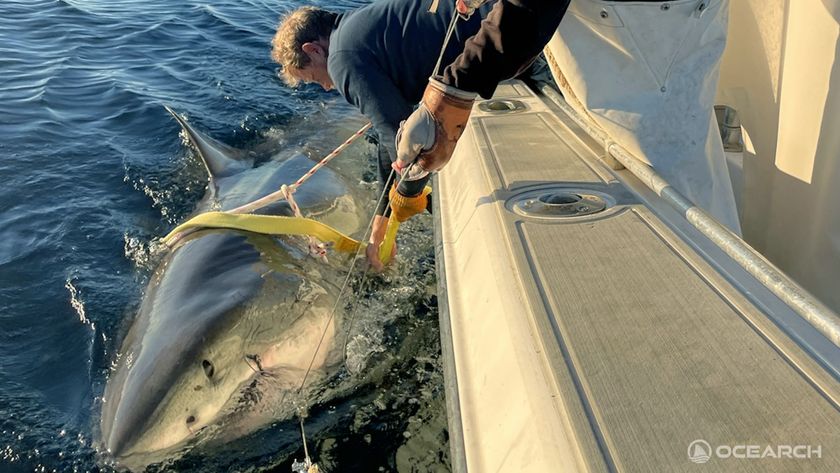23andMe Test Reveals Disturbing Artificial Insemination Switch

A young women conceived with help from a fertility clinic in Utah in the early 1990s is actually the biological daughter of the former clinic receptionist, genetic testing reveals.
The University of Utah is offering free genetic testing to families who went to the Midvale, Utah, clinic during the late 1980s and early 1990s in the wake of these jaw-dropping revelations. Now, the family has set up a website for others who believe they might have been victims of a semen-switching plan by the receptionist.
The family discovered the truth about their daughter's parentage thanks to a direct-to-consumer genetic test by 23andMe, according to CeCe Moore, an independent genetic genealogist who first broke the story on her blog. Moore was contacted by "Paula," a pseudonym for the mother in the case, in October 2012. Paula and her husband "Jeff" had used the private clinic Reproductive Medical Technologies, Inc. (RMTI) in Midvale to conceive their daughter "Ashley" in 1992. Paula and Jeff had not requested donor sperm, and had no reason to believe that Jeff's semen had not been used for the insemination.
But after all three family members had their DNA tested through 23andMe, Paula discovered something shocking: Her daughter and her husband did not share any DNA markers.
DNA shock
Traditional paternity tests confirmed 23andMe's information — no surprise, Moore told LiveScience, as the typical paternity test compares up to 21 genetic markers, while 23andMe's test look at one million. [7 Diseases You Can Learn About from a Genetic Test]
"Although it's not legally admissible, it's a much more thorough test," she said. Moore is not employed by 23andMe, though she is a volunteer with the company's Ancestry Ambassadors group, which provides the company feedback on its products. She has also volunteered her expertise on projects for the genetic testing firm Family Tree DNA.
Sign up for the Live Science daily newsletter now
Get the world’s most fascinating discoveries delivered straight to your inbox.
Reeling, the family wondered if the clinic had made a mistake. The truth turned out to be far more distressing.
On Moore's advice, Paula had Ashley tested by two other consumer genetic testing firms, Family Tree DNA and AncestryDNA. With Ashley's DNA profile in those two companies' databases, a match popped up — a first cousin, once removed.
Fortunately, that cousin had information that linked her and Ashley. From about 1986 to 1995, her cousin Thomas Lippert had manned the front desk at RMTI. Lippert is no longer living, but his 99-year-old mother agreed to have her DNA tested. The results confirmed that she is Ashley's grandmother. Lippert, her only child, must have been Ashley's father.
Disturbing history
The family did not get back to LiveScience in time to comment for this article; Moore said they are "overwhelmed" with media attention in the wake of her blog post. However, she said the news brought them a huge sense of betrayal.
"For the mother, it's like being defiled," she said. "It's disgusting — somebody tricking you into having their own sperm implanted in your body."
For Ashley's father, "it's like a theft," Moore said. And Ashley "has to grapple with the fact that this man is part of her biology."
Coming to terms with her biological parentage may be even more difficult given another revelation about Lippert: In 1975, he pled guilty to two counts of conspiring to kidnap after the abduction of a Purdue University student who said Lippert and another man stripped her, forced her into a large black box and threatened her with electric shocks in an effort to brainwash her into loving Lippert. Lippert was sentenced to six years in prison, according to a 2007 article in the alumni magazine of Southwest Minnesota State University, where Lippert was a business professor at the time of the arrest. He apparently served only two of those six years.
The revelations about Lippert have Ashley's family concerned that he fathered other children. If Ashley has biological half-siblings, she would like to be in touch with them, Moore said. The family has set up a website for others who are worried that they were also victims of Lippert.
Ashley "has handled this unbelievably well," Moore said.
The search for other victims
In the wake of Ashley's family going public, the University of Utah issued a statement confirming that it has been investigating "credible information regarding the possible mislabeling or tampering of a semen sample at RMTI" since April 2013. The facility was private, but contracted with the university to prepare and analyze semen samples. [5 Myths About Fertility Treatments]
RMTI is no longer operating, and the university says that there are no records remaining to explain how Lippert ended up fathering Ashley. Individuals wishing to avail themselves of paternity testing can contact the University of Utah Andrology Lab at (801) 587-5852.
Paternity tests are not the only option available to worried families, Moore said. Because Ashley, Ashley's biological grandmother and Lippert's cousin all have their DNA on record in the databases of 23andMe, Family Tree DNA and AncestryDNA, tests by any of those companies would immediately reveal a relationship to Lippert. A university paternity test can only show that the child is not related to his or her father, necessitating a second round of testing if there is no genetic relationship, Moore said.
"I'm not saying they shouldn't test through the university, but I think some people might prefer independent private testing," she said.
Though the case brought appalling news to Ashley, Paula and Jeff, Moore said the DNA testing reveals the power of consumer genetics. Lippert's case is not the only example of malfeasance at sperm banks or clinics. In 1992, for example, fertility doctor Cecil Jacobson was convicted on charges of fraud and perjury for scams at his clinic in Virginia in the 1980s. DNA tests showed that Jacobson had fathered at least 15 children with patients told they were getting anonymous donor sperm. With companies like 23andMe on the scene, the DNA evidence proving such cases is no longer in the shadows.
"My message to anyone who would think of doing something like this is you will not get away with it," Moore said.
Follow Stephanie Pappas on Twitter and Google+. Follow us @livescience, Facebook & Google+. Original article on LiveScience.

Stephanie Pappas is a contributing writer for Live Science, covering topics ranging from geoscience to archaeology to the human brain and behavior. She was previously a senior writer for Live Science but is now a freelancer based in Denver, Colorado, and regularly contributes to Scientific American and The Monitor, the monthly magazine of the American Psychological Association. Stephanie received a bachelor's degree in psychology from the University of South Carolina and a graduate certificate in science communication from the University of California, Santa Cruz.


